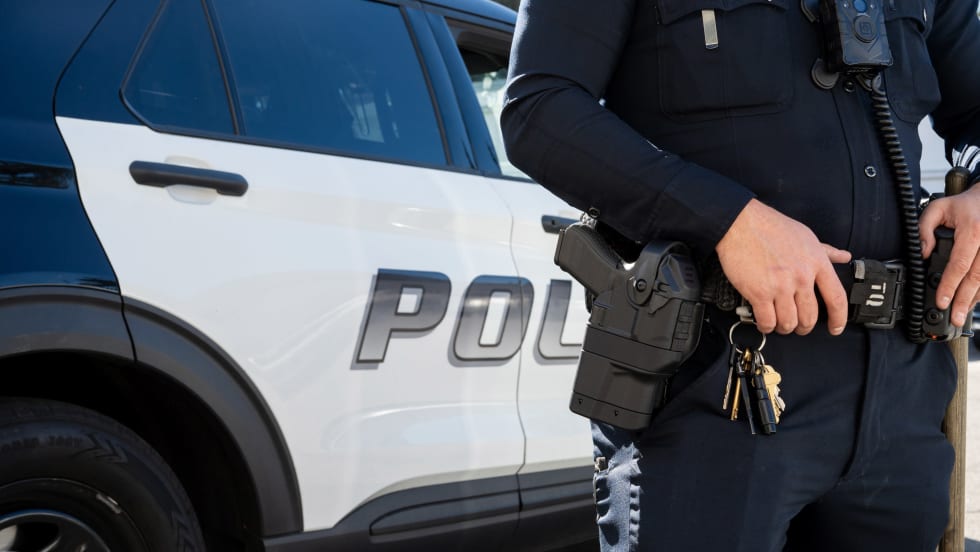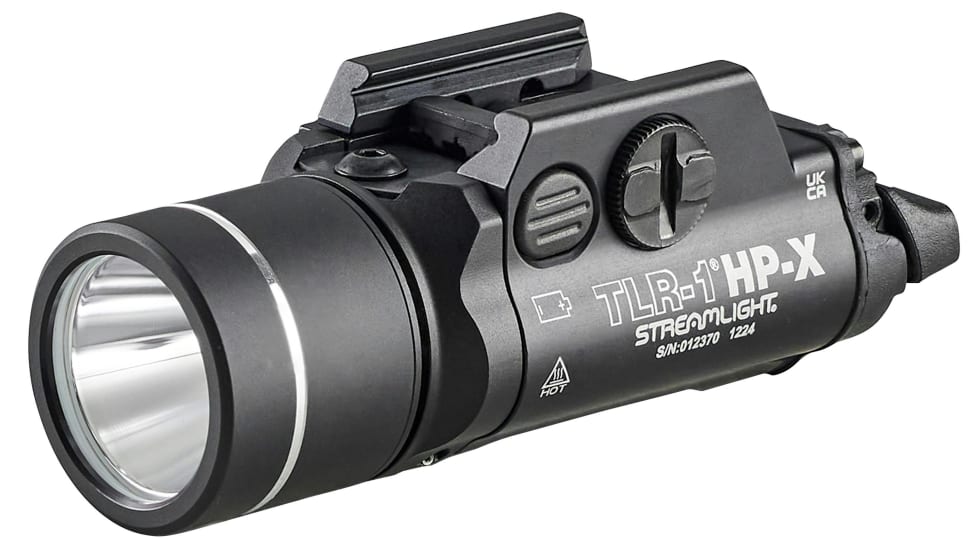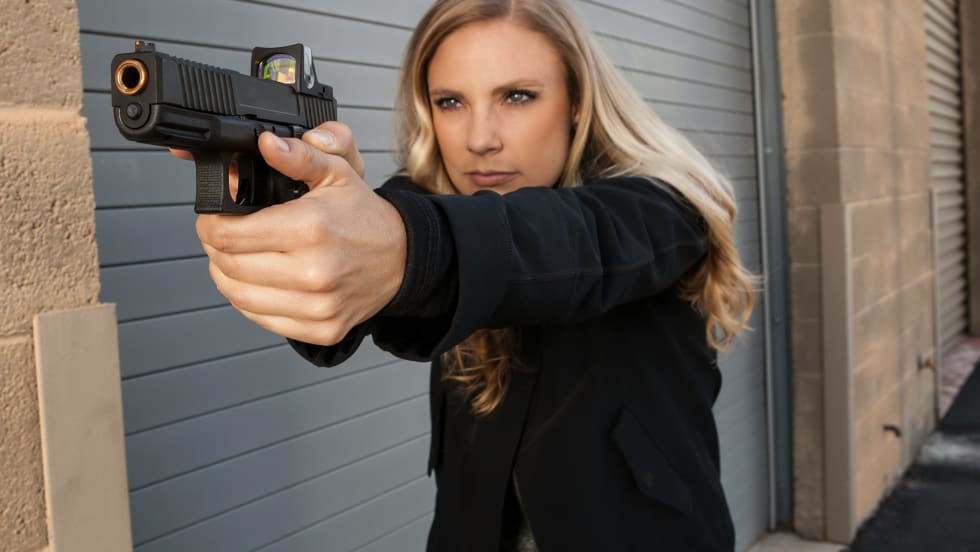A trip to the range with the test rifle revealed no surprises. Function was flawless. The test rifle was a basic, no-frills "Standard M1A." Federal 168-Grain match ammo and PMC's 168-grain match were selected since they have both proven themselves in the real world.
The stock military trigger was no hindrance to good grouping. This particular rifle preferred the Federal ammo, delivering consistent groups between 1.73" and 2.2". This is simply spectacular for what is essentially a stock, military semi-auto rifle.
The PMC ammo's best group was 1.95" and, in most regards, shot closely enough to the Federal round to be called interchangeable. Casual conversation with other M1A shooters seems to put our test rifle at the top of the pack in accuracy, with some shooters reporting groups that hover around the 2.5" to 3" mark from some rifles. This may, indeed, be a function of ammo, shooter and other conditions, rather than the rifle alone.
This performance means a patrol officer or tactical team can have a serious rifle, capable of delivering decisive, accurate semi-auto fire at any range likely to be encountered by officers in the field. All done reliably and economically ($1,000 or less in the real world). Many AR platforms cost much more and any bolt gun would be at least that much with even rudimentary optics attached.
Look for models ranging from match-grade tactical rifles (the M21) to the "Scout Squad rifle" (a short-barreled version of the M1A). Each one is tailored for a given job and rugged enough to get that job done regardless of the situation.










